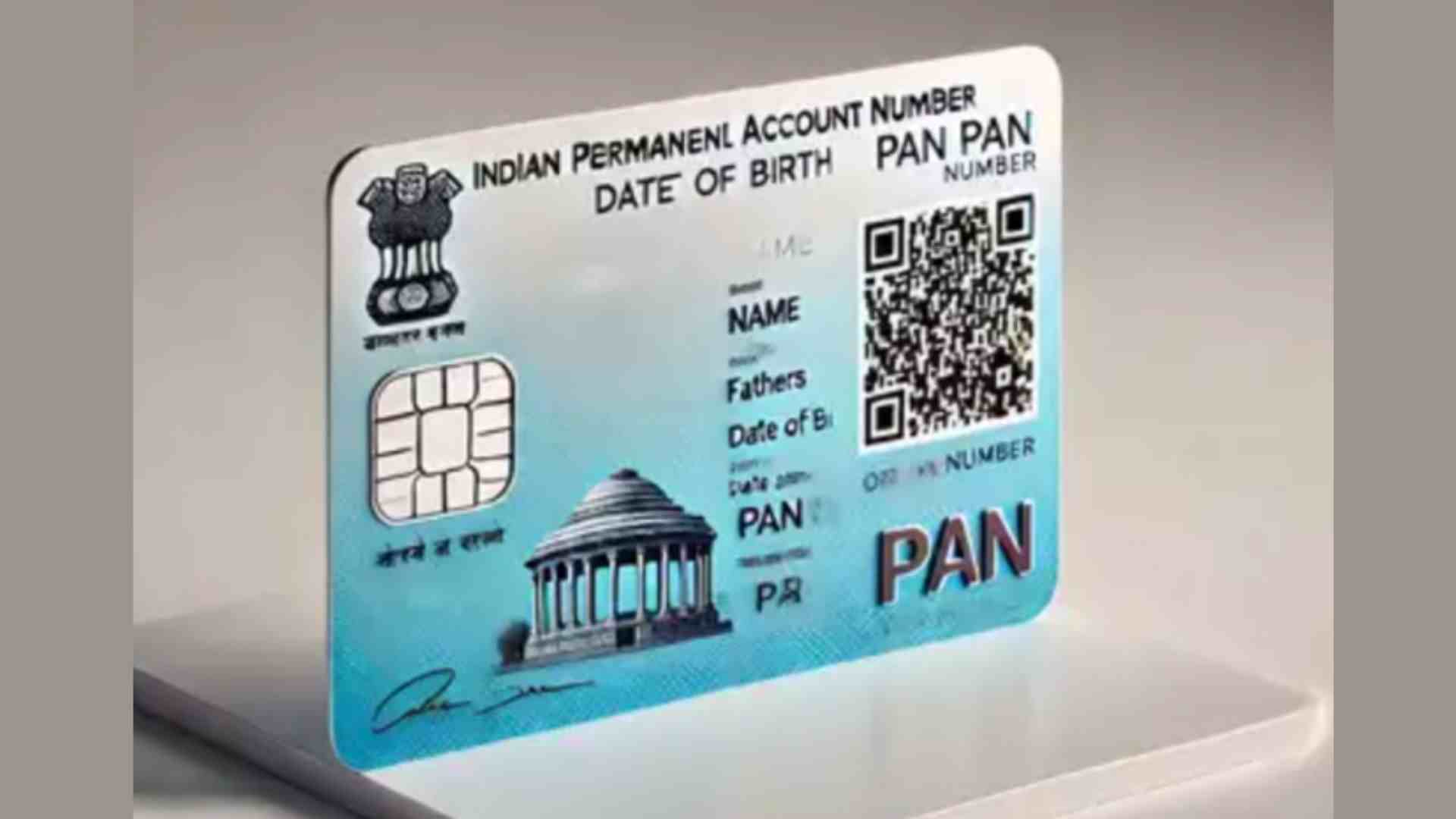
WHAT IS A LAW COMMISSION
The state also needs to ensure that justice should not be denied in any case on the basis of
disability. Also, as per article 372, there needs to be an authority which Law commission is a commission that is set up to ensure that the laws which are being implemented are just and fair. The Government of India constitutes law commission, a non- statutory body in every three years.
A law Commission is not defined in Indian Constitution but its formation as an implementation
can be seen under Article 39 (a) of Indian Constitution which directs the state to ensure that the
legal system which is being operated, should promote justice, can repeal, revise and amend laws
and check whether that law is actually required or not.
HISTORY OF THE LAW COMMISSION OF INDIA
Since, India got independence in 1947, there have been 21 law commissions established. The last
law commission was the 21 st law commission under the chairmanship of former judge of
Supreme Court of India, Justice Balbir Singh Chauhan.
A law commission is formed when the central government passes the resolution for the creation
of law commission only after the expiry of the previous one. After the resolution is passed and
President gives his assent, the discretion is fully on the Government to choose the chairman of
the new law commission formed. After seeing the tradition followed, it can be said that the
former judge of Supreme Court most probably becomes the chairman of the newly formed Law Commission.
A law commission involves the experts in legal field appointed by the government who can
promote justice into the society. Either the Government remarks any issue or the commission takes on its own an issue which it thinks necessary to be amended and starts working on it.
Generally, a law commission consists of one Chairman, one Permanent Member, one Member
Secretary and six Part Time Members.
The staff of Law Commission of India is divided into parts, 1) which takes care of all the
research works and the other which always keep an eye on its administrative work. The footnote tells the importance of the other part, how important it is to keep an eye on the implementation of laws. Sometimes, only making law is not enough, there need to be an authority to keep a check on the implementation of that law and whether that law is beneficial for the society or it had any errors which needs to be modified, whether it should be for a long period of time or needs any amendment in between or needs to be repealed. So, along with the ministry of law and justice, the law commission covers all these cases so that the peace persuade in the society and justice must be delivered to the citizens.
Before the independence of India, laws were derived from previous traditions and customs and there was not any authority which can keep a check on the legality and authenticity of the laws. Also, running laws in two different directions (The local laws and the laws made by Britishers)
creates confusion and becomes a big hindrance in running the administration. So law
commissions were set up to give a boost to legal system.
There were four Law Commissions established pre – independence-:
First law commission- 1834
Second law commission- 1853
Third law commission- 1861
Fourth law commission – 1879
This article majorly focuses on the Golden era of third law commission.
The third law commission was come into force on December 14, 1861 under the chairmanship of John Romilly. There were 6 members in this commission – 1) Sir W. Erle, Sir Edward Rayan,Lord Sherboke, Robert Lowe, J.M. MacLeod and J. Wills. Later, when Erle and wills got retired
they were replaced by W.M. James and John Henderson, Henderson was replaced by Lord Lush after his death. The third law commission aimed at proceeding with codifying the substantive law in India as suggested by the second law commission in its second report.
This phase became famous as "The Golden Age of Codification".
TASK FIXED FOR THIRD LAW COMMISSION
The main aim to introduce the third law commission was to prepare a codified substantive law
for India and the base to prepare that law can be the "Law of England" but if since enacted it
should be the law of India on the subject it would be accepted.
Secondly, the third law commission was also levied with the tax for the duty of considering and
report of such matters relating with the reforms of the laws of India can also be referred by the
Secretary of the State.
Thirdly, the commission was asked for the result of their work and If they began their
consideration on the other branch they were supposed to send the reports of their labour on the
branch of civil law in which they had already worked on.
There were 7 reports submitted by the third law commission-:
First Report-:
The third law commission observed that there was a confusion in regard to the inheritance and
the property's succession which is related to the persons other than Hindus and Muslims for
whom there were no personal laws implemented in muffassils.
Therefore, a draft was prepared related to inheritance and the succession and was submitted to
the legislative council in 1863. As a result of which, the Indian Succession act was passed, with the few changes in the draft on 3rd of March,1865. This was one of the most important
contributions given by the third law commission. The succession act was revised in 1925.
However, the Muslims have their own personal Laws to govern them.
Second Report-:
The second report was submitted in 1866 by the third law commission, which prepares a draft on
Law of Contract. It was mainly based on the english law of contract with the important
modifications in it. However, the legislative council revised the draft and finally the draft was
passed in 1872 as Indian Contract Act.
Third Report-:
The third reported third law commission contained a draft of negotiable instrument Bill. The
report was submitted in 1867 and came into force as, Negotiable Instrument Act in 1881.
Fourth Report-:
The fourth report of the third law commission did not contain any specific draft on any code. But
it contained the opinion of the law commission on the draft of the Law of Contract.
Fifth Report-:
The third Law commission submitted its fifth report in 1868 which contained a draft on an
Evidence Bill. However, the legislative council rejected the draft considering it inadequate and
ill-arranged. Later on, the Evidence Bill was enacted as an Evidence Act, 1872.
Sixth Report-:
The third law commission submitted its sixth report in 1870 which contains the draft of the
Transfer of Property Bill.
Seventh Report-:
The seventh report of the third law commission contained a revised draft of the Code of Criminal
Procedure.
The commission has to meet many peculiar and insurmountable difficulties. In many areas there
were rules and in other there were no rules at all. The interpretations of the courts has added
much confusion as it was already observed that if India will be left to be governed by the courts,
it would be much disastrous. Some felt there was too much of codification and the process
slowed down. However, the period from 1862-79 was considered to be the “Golden Era” of
codification. This commission has removed much of the complexities and confusion of the
Indian Legal System.
Achievement of Third Law Commission:
There were six major drafts submitted by the third
law commission within a span of 9 years, which was itself an achievement. But the commission
unfortunately came to an end on not a happy note in 1870 due to stressed relation between the
commission and the Government of India.















